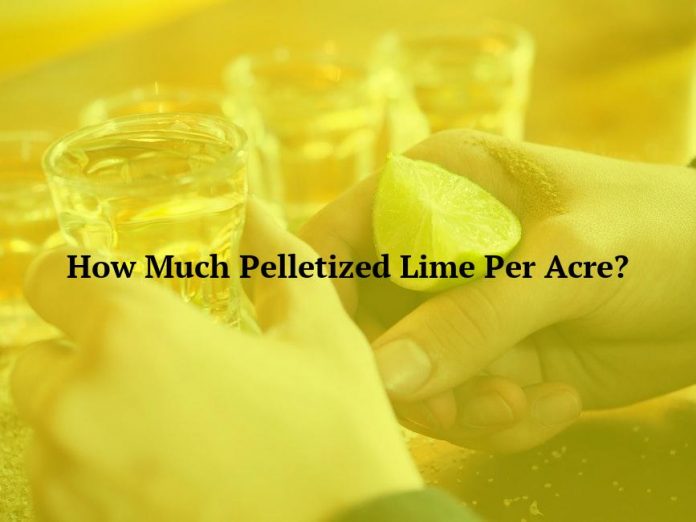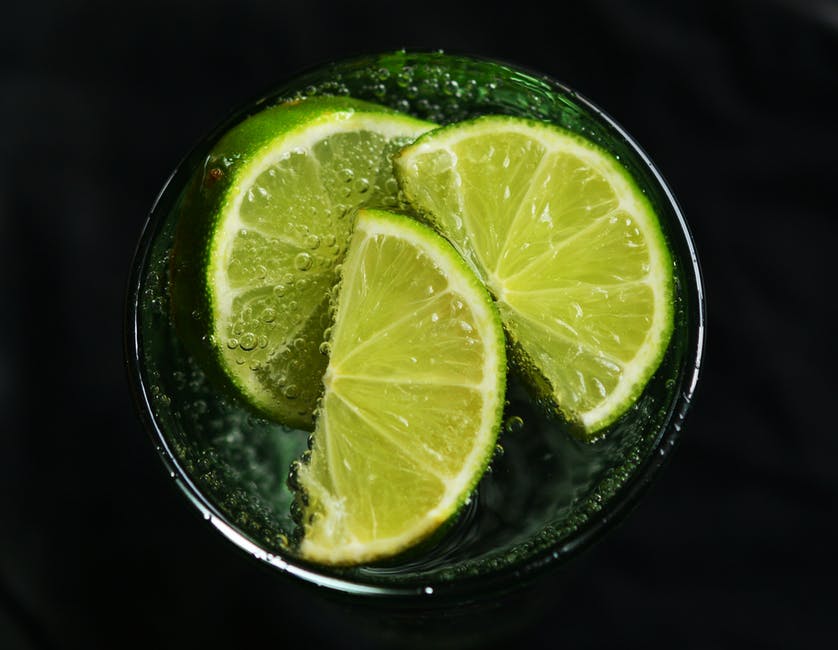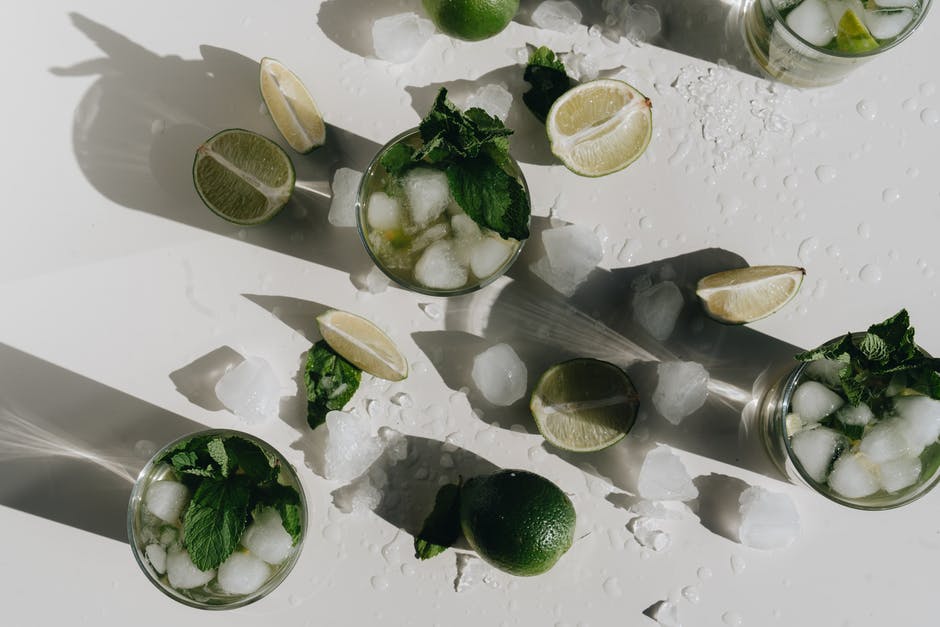
Lime can be one of the best additions to the lawn. How much lime peracre do you use is the most frequently asked question.
How much lime do I need for 1 acre?
If the surface is applying lime, apply no more than two and one-half tons per year. If the lime is worked into the soil, up to four tons may be applied per acre. It’s a good idea to spread the cost over two to three years by applying one-third or half of the lime needed in situations where the soil pH is very low.
How much pelletized lime do I need?
A bag of 50 pounds of lime can cover 1,000 square feet of lawn. A 40 pound bag should cover 800 square feet if that is the case. The maximum amount of lime application is required for the soil ph. 40 pounds of lime is enough for 1,000 square feet if your soil is mildly acidic.
How much lime do I need for a 1/4 acre plot?
Before you plant your seeds, apply the recommended amount of lime to your plot. Depending on your soil test results, most areas will require between one to three tons of lime per acre. Fertilization is more efficient if your food plot balances your soil’s pH level.
How much is a 50lb bag of pelletized lime?
When the soil is already high in magnesium, it’s better to dolomitic lime. There is a full analysis under the tab.

How much does a 50 lb bag of lime cost?
Availability and in-store price can be different. Purchase of gift cards and catalog products in separate orders is required.
How quickly does pelletized lime work?
The figure shows that it takes pelletized lime over 100 days to reach a maximum soil pH adjustment, even if it is applied at equal rates. When taking field environmental factors into consideration, that is over three months. If the pelletized lime is applied at the beginning of May, the maximum pH will be reached by August. By this point in the season, crop yield may have been impacted by altered growth.
How long does pelletized lime last in the ground?
The coarse nature of agricultural lime is due to the crushed limestone. pelletized lime is easy to handle and easy to break down because it is powdered before it is pelletized. It takes about a year for pelletized lime to break down and become powder in the presence of water. The surface area in contact with the surrounding soil is reduced with the solid form of agricultural lime. It takes more time for agricultural lime to break down and act on the surrounding soil. The more efficient option is pelletized lime.
What’s the difference between ag lime and pelletized lime?
Application handling is the most distinguishing characteristic of pelletized lime and ag lime. A specialty spreader is required for spreading ag lime. For smaller operations, the purchase of an ag lime spreader is not cost-conducive. It is harder to anticipate neutralization results because of this. Compared to pelletized lime, it is easier and more efficient to blend it with other products.

Does pelletized lime burn grass?
Chemicals can be added to lawns that are already weak when extra lime remains on grass blades. Any excess product will be removed from the lawn’s surface after the lime application. There is a significant impact on the timing of the application. Hot summer weather can cause lime to burn lawns, but the cool temperatures of spring and fall allow for more effective results. The combination of rain and snow help accelerate the breakdown of lime in lawns, which is an added bonus of a fall application.
Does pelletized lime need to be watered in?
To be effective, lime needs to be watered into the soil. As it corrects soil pH levels, lime introduces calcium and magnesium into the soil. To benefit plants and make your yard less hospitable to weeds, you need water to pull lime down into the soil. It is possible to change the chemical balance of your yard by mixing lime with soil particles. Lime is relatively slow- acting, so it takes time and patience.
How do you calculate lime requirements?
The LBC method is used to determine the lime requirement of a soil in order to adjust it to the desired pH level. The soil’s initial pH, the desired or target pH, and the soil’s LBC are some of the factors that can be used to calculate an LR. The pounds of lime per acre needed to raise soil pH to the target value can be calculated using the example shown below.
Is liquid lime better than pelletized lime?
There is a consistent particle size for Liquid Lime. Liquid Lime’s tiny particle size means it provides almost instant results, as compared to ag and pelletized lime, which take longer to break down in the soil.

Will lime hurt clover?
Correct soil pH is between 6.0 and 7.0 for most lawns. It will be harder for grass to grow if your lawn’s soil is too acidic. It is possible to balance out the pH with soil amendments.
Will lime hurt deer?
deer food plot success is dependent on the liming of your food plots. The acidity of the soil increases as you grow plants there. Negative effects on your plants can be caused by higher acidity in the soil. If you treat your soil with lime, it will help balance the pH levels and allow you to grow better plants. The better your crops absorb minerals like calcium and magnesium, the better your plots should be.








